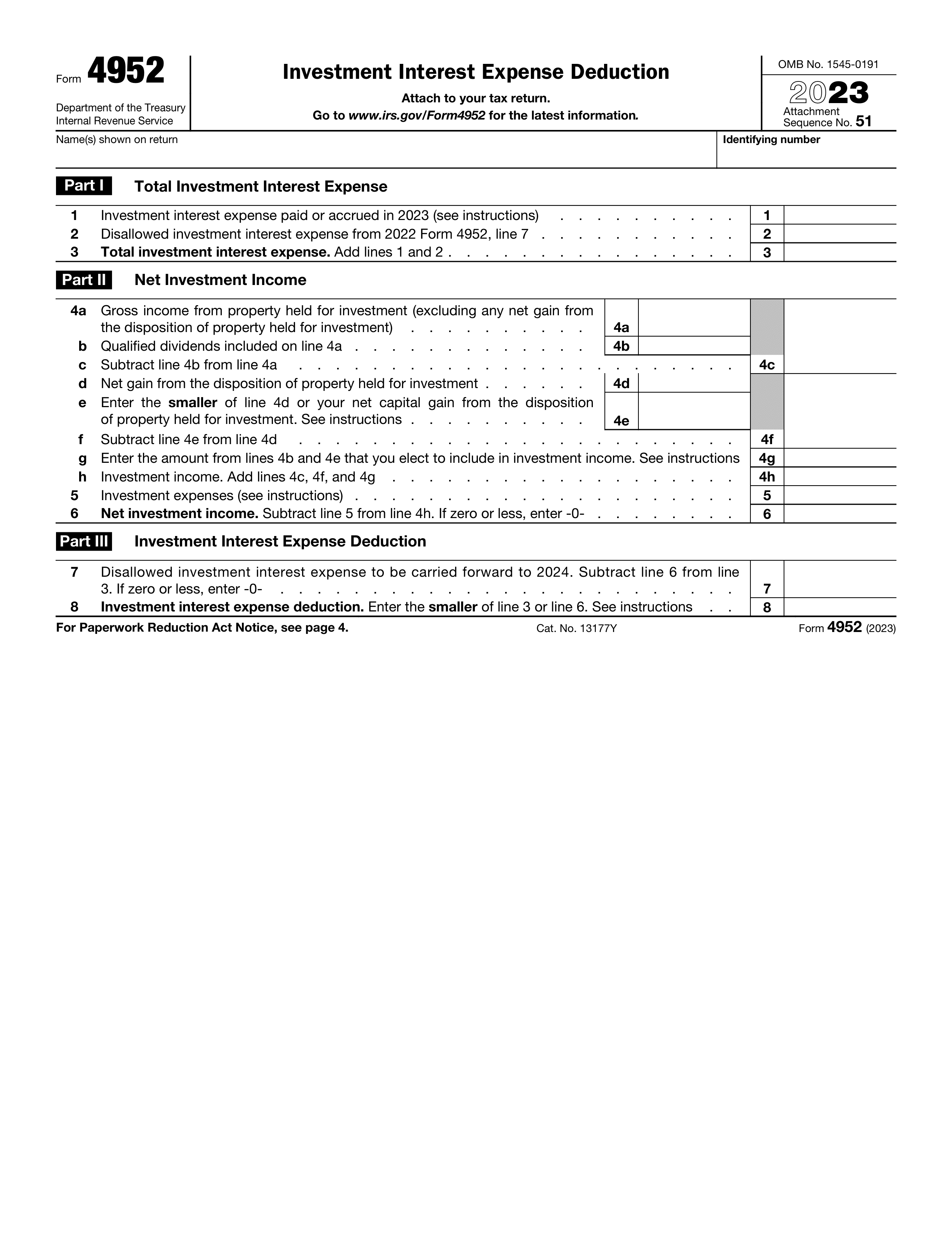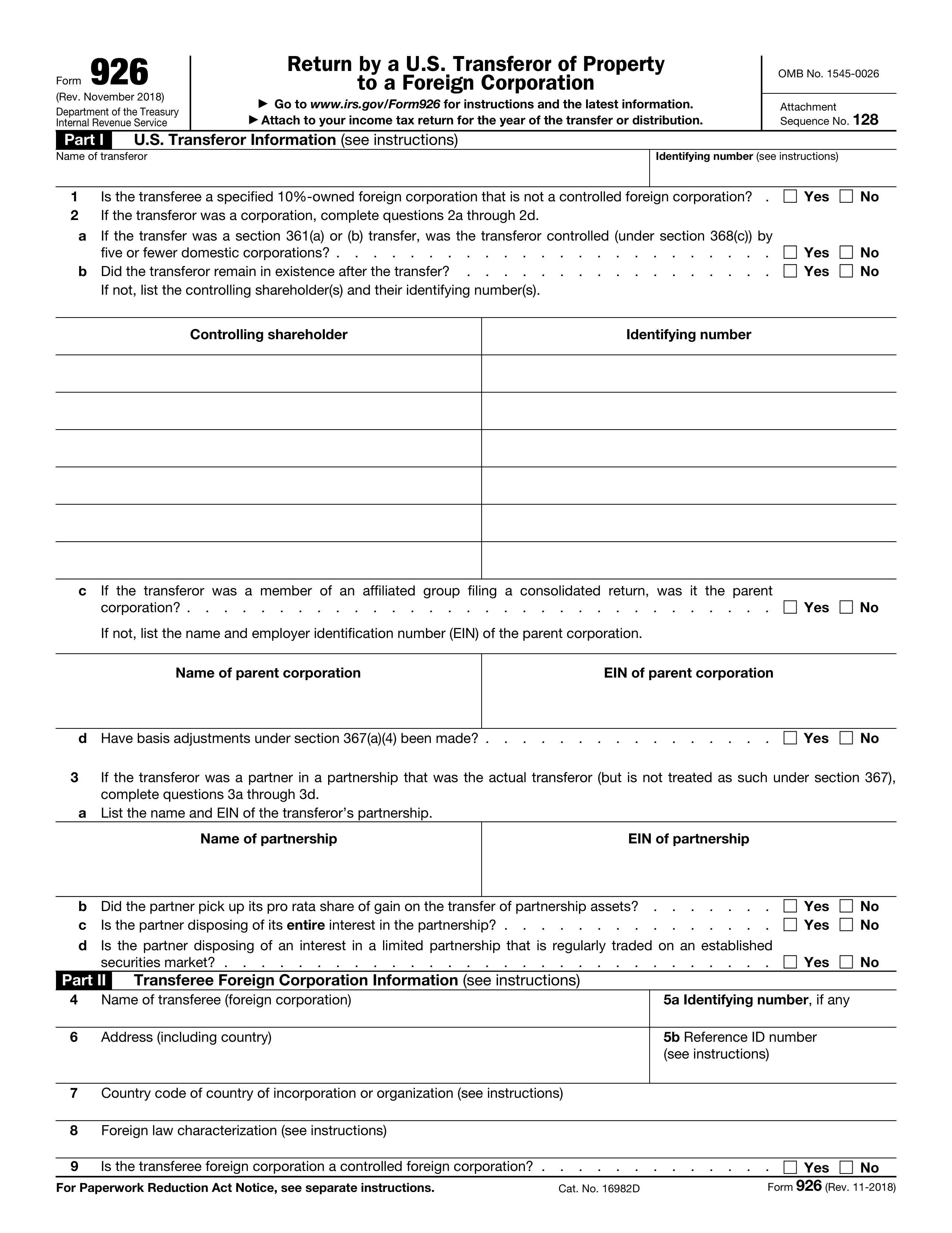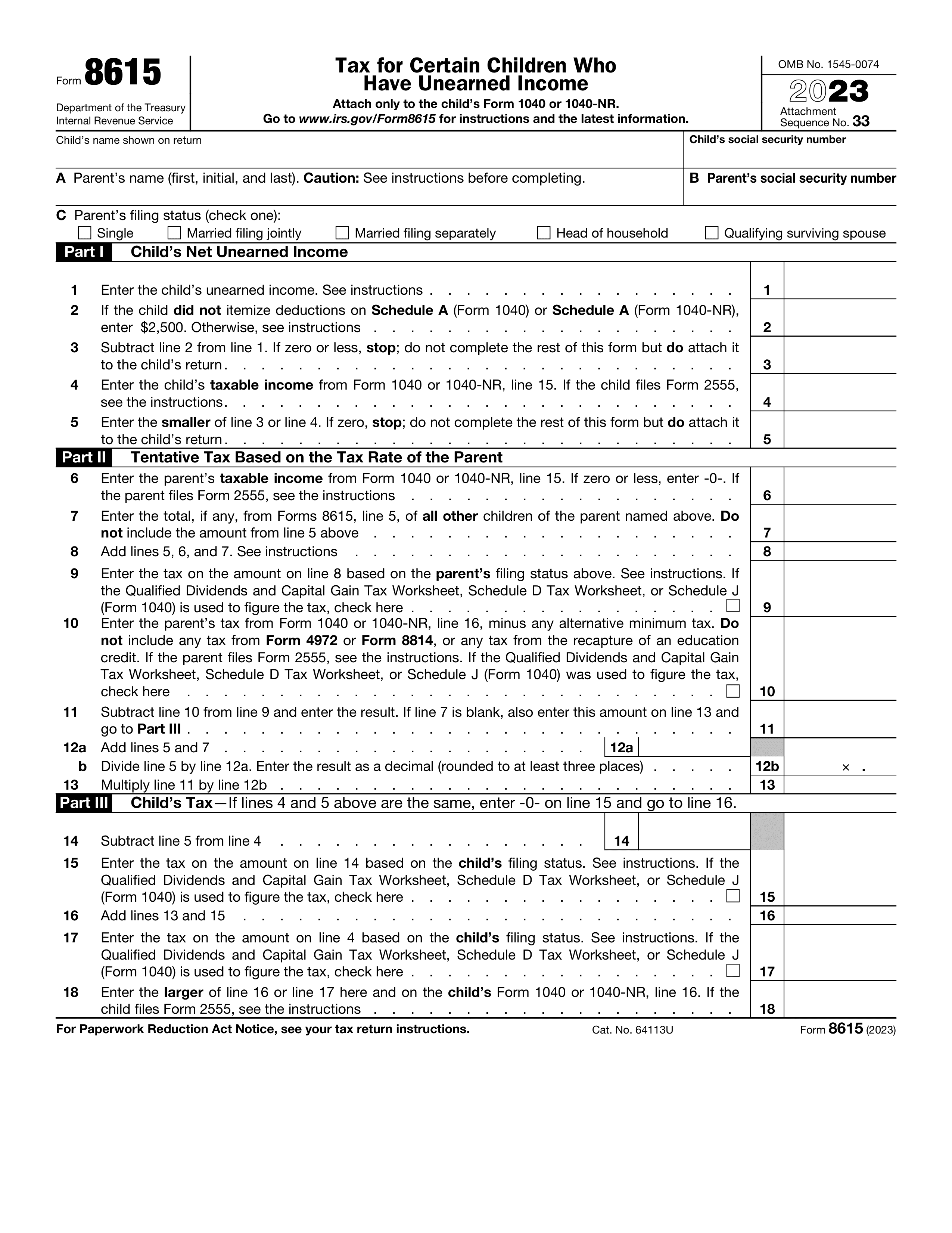What is Schedule D (Form 1041)?
Schedule D (Form 1041) is an important tax form used by estates and trusts to report capital gains and losses from selling assets such as stocks, bonds, and real estate. This form assists the fiduciary, who manages the estate or trust, in calculating and reporting these financial details accurately. Completing Schedule D is essential for ensuring compliance with IRS regulations and correctly determining the taxes that must be paid to beneficiaries. Accurate reporting on this form helps maintain transparent financial records and avoids potential tax issues.
What is Schedule D (Form 1041) used for?
Schedule D (Form 1041) is essential for managing capital assets. Here’s what it’s used for:
- Reporting Capital Gains and Losses: Details gains or losses from the sale of assets like stocks and real estate.
- Calculating Net Capital Gain or Loss: Determines the overall net capital gain or loss for the estate or trust.
- Lower Tax Rates for Long-Term Gains: Reports long-term capital gains, benefiting from lower tax rates for assets held over a year.
- Offsetting Losses: Offsets losses against gains to reduce taxable income.
How to fill out Schedule D (Form 1041)?
- 1
Complete Form 8949 to report your sales and exchanges.
- 2
Transfer totals from Form 8949 to Schedule D.
- 3
Report overall capital gains and losses from your transactions on Form 8949.
- 4
Include gains from other relevant forms like Form 4797, 4684, and 6252.
- 5
Ensure all applicable forms are attached.
- 6
Double-check for accuracy before submitting.
Who is required to fill out Schedule D (Form 1041)?
Fiduciaries of estates and trusts are responsible for completing Schedule D (Form 1041). They must accurately report capital gains and losses from transactions related to these entities.
After completion, estate and trust fiduciaries use Schedule D to report gains or losses from capital assets, including stocks, bonds, and real estate, which helps determine taxable income and tax liability.
When is Schedule D (Form 1041) not required?
Schedule D (Form 1041) is not required if estates or trusts do not have capital gains or losses from selling or exchanging capital assets. It also isn’t needed when reporting transactions that don’t necessitate Schedule D, like gains from Part I of Form 4797 or Form 4684. Always consult a tax professional for specific guidance related to your situation.
When is Schedule D (Form 1041) due?
Schedule D (Form 1041) must be filed together with Form 1041. The due date for Schedule D is the same as for Form 1041.
For calendar-year estates and trusts, the deadline is April 15 of the following year. For fiscal-year estates and trusts, the deadline is the 15th day of the fourth month after the close of the tax year.Always check your specific situation to ensure timely filing.
How to get a blank Schedule D (Form 1041)?
The Internal Revenue Service (IRS) issues Schedule D (Form 1041) to report capital gains and losses for estates and trusts. Our platform has a blank version of this form ready for you to fill out. Remember, PDF Guru aids in filling and downloading but not filing forms.
Do you need to sign Schedule D (Form 1041)?
No, you do not need to sign Schedule D (Form 1041). This form is used to report capital gains and losses and is included in the Form 1041 return filed by estates and trusts. The fiduciary responsible for preparing the return signs Form 1041, not Schedule D. It's always a good idea to check for the latest updates regarding tax forms and requirements. Use PDF Guru to fill out and download your forms, but remember, it does not support submission.
Where to file Schedule D (Form 1041)?
Once you've completed Schedule D (Form 1041), it's time to submit it to the IRS. Refer to the instructions for Form 1041 to find the correct IRS mailing address. Make sure to double-check your form for accuracy before sending it off.
If you e-file Form 1041, you must also e-file Schedule D as part of the same submission. Use IRS-approved tax software or an authorized e-file provider.







